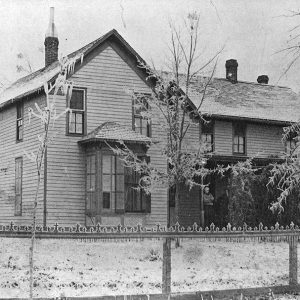 Case-Shiras-Dearmore House
Case-Shiras-Dearmore House
Entry Category: Counties, Cities, and Towns
 Case-Shiras-Dearmore House
Case-Shiras-Dearmore House
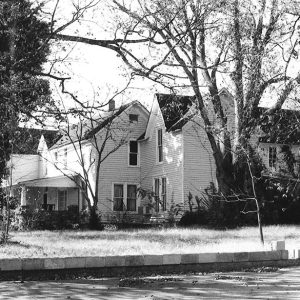 Case-Shiras-Dearmore House
Case-Shiras-Dearmore House
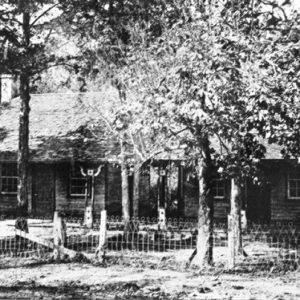 Casey House
Casey House
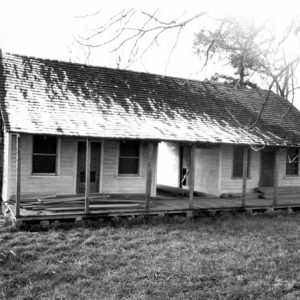 Casey House
Casey House
Cash (Craighead County)
 Cash Family Reunions Memorial
Cash Family Reunions Memorial
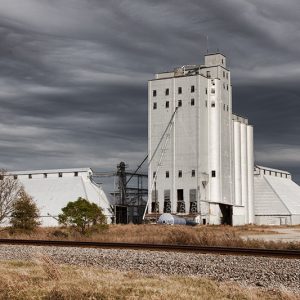 Cash Grain Elevator
Cash Grain Elevator
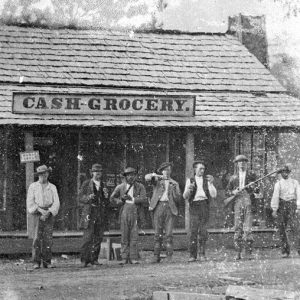 Cash Grocery
Cash Grocery
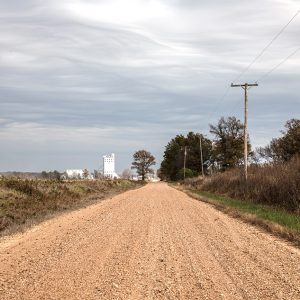 Cash Road
Cash Road
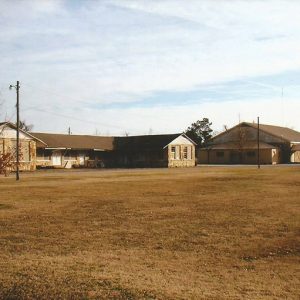 Cash Schools
Cash Schools
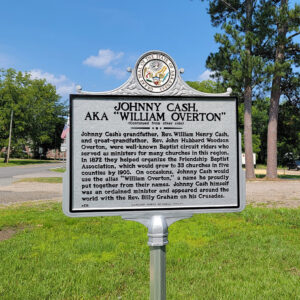 Cash "William Overton" Memorial
Cash "William Overton" Memorial
 Cass Stave Mill
Cass Stave Mill
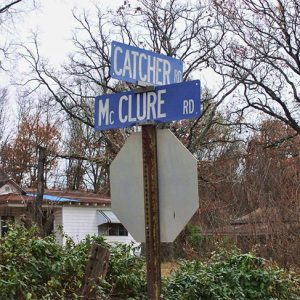 Catcher (Crawford County)
Catcher (Crawford County)
 Catfish Cover
Catfish Cover
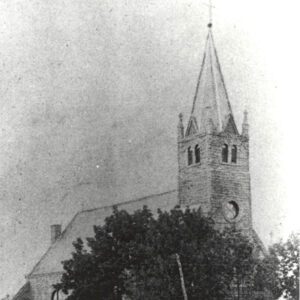 Catholic Church
Catholic Church
Catholic Point (Conway County)
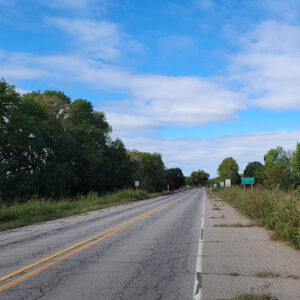 Entering Caulksville
Entering Caulksville
Caulksville (Logan County)
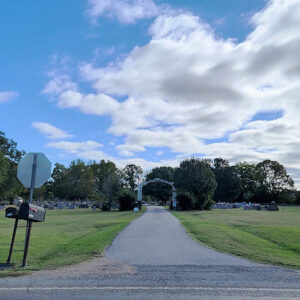 Caulksville Cemetery
Caulksville Cemetery
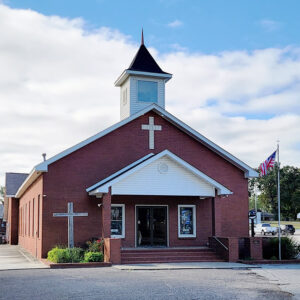 Caulksville Church
Caulksville Church
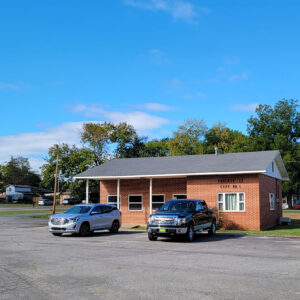 Caulksville City Hall
Caulksville City Hall
 Caulksville Street Scene
Caulksville Street Scene
Cauthron (Scott County)
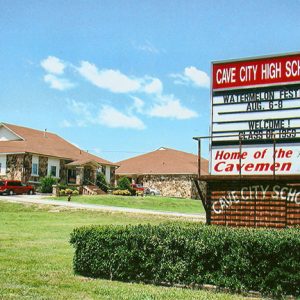 Cave City High School
Cave City High School
Cave City (Sharp and Independence Counties)
Cave Springs (Benton County)
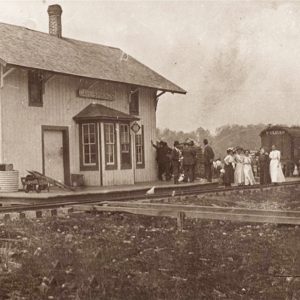 Cave Springs Depot
Cave Springs Depot
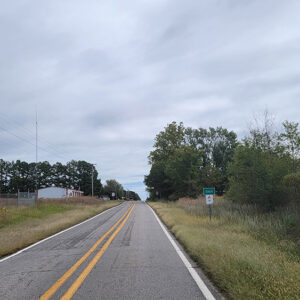 Entering Cecil
Entering Cecil
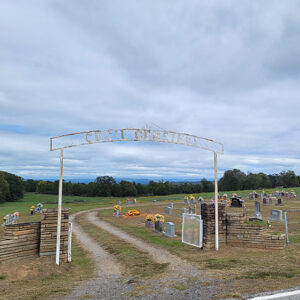 Cecil Cemetery
Cecil Cemetery
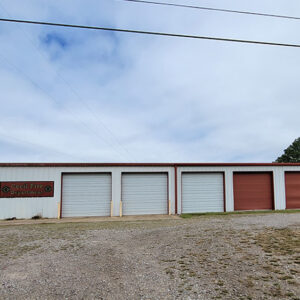 Cecil Fire Department
Cecil Fire Department
Cedar Creek (Scott County)
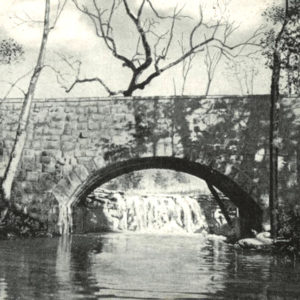 Cedar Creek Bridge
Cedar Creek Bridge
Cedar Glades (Garland County)
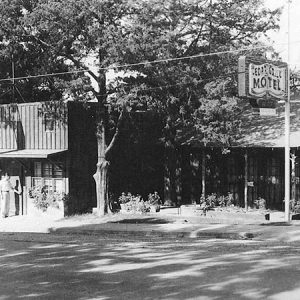 Cedar Grill
Cedar Grill
Cedar Grove (Independence County) [Northeast]
Cedar Grove (Independence County) [Southwest]
Cedarville (Crawford County)
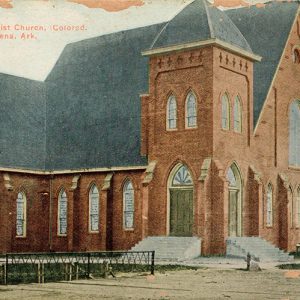 Centennial Baptist Church
Centennial Baptist Church
 Center Hill Cemetery
Center Hill Cemetery
Center Point (Clark County)
Center Point (Howard County)
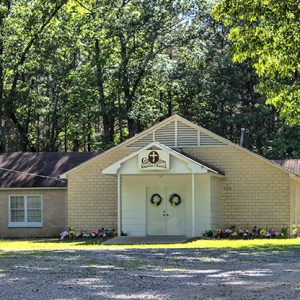 Center Point Baptist Church
Center Point Baptist Church
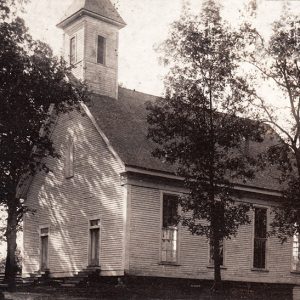 Center Point Methodist Church
Center Point Methodist Church
 Center Point School
Center Point School
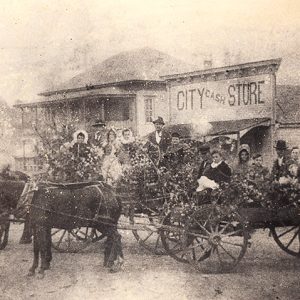 Center Point Street Scene
Center Point Street Scene
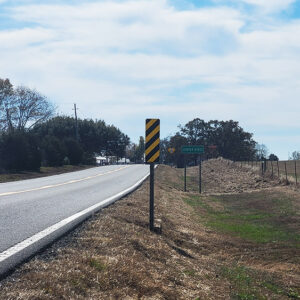 Entering Center Ridge
Entering Center Ridge
Center Ridge (Conway County)
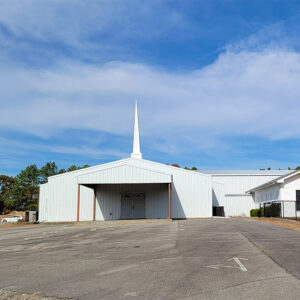 Center Ridge Church
Center Ridge Church
 Center Ridge Cotton Gin
Center Ridge Cotton Gin
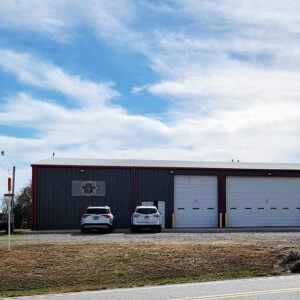 Center Ridge Fire Department
Center Ridge Fire Department




